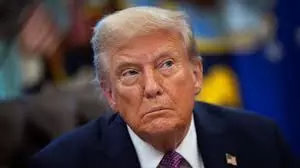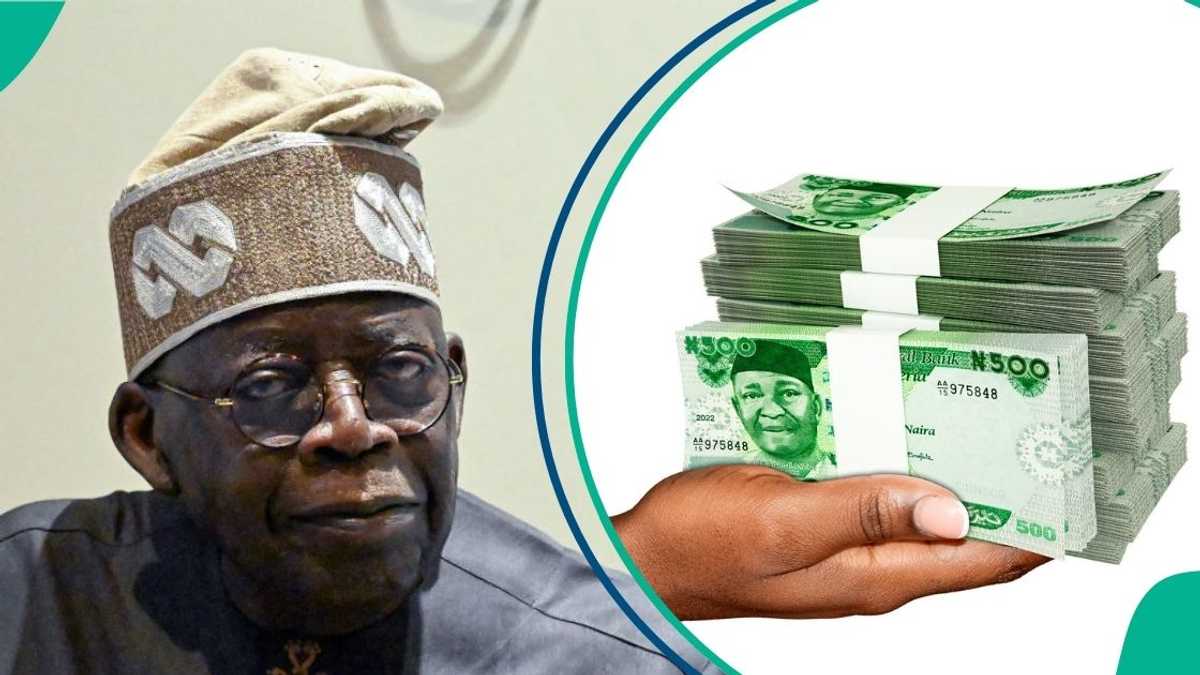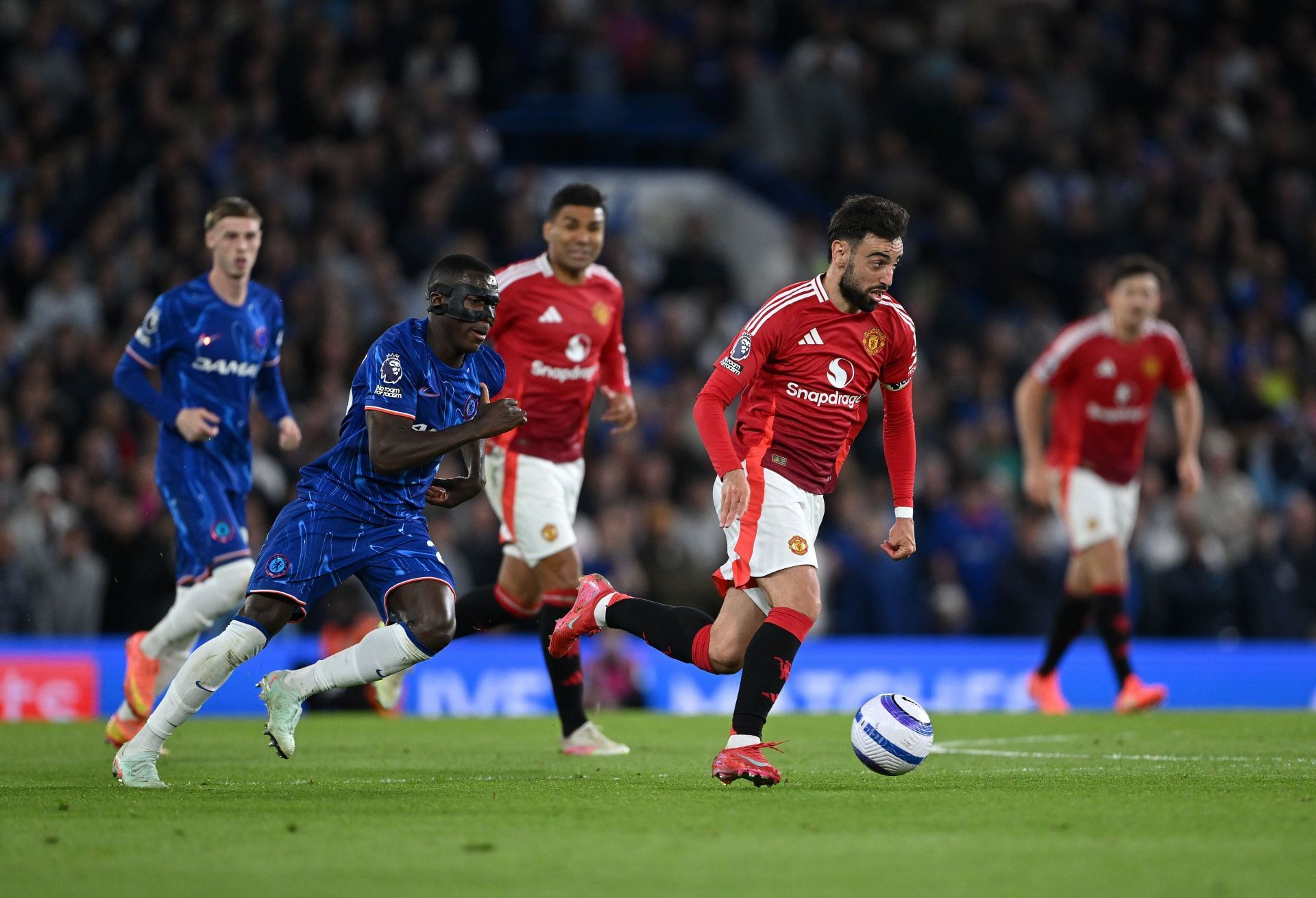By Sangeetha G
Copyright deccanchronicle

Chennai: Chief Economic Advisor V Anantha Nageswaran on Thursday said India and the US are likely to reach a resolution on the penal tariffs within the next two months. However, as US President Donald Trump has named India in his Supreme Court filing, withdrawal of tariffs before the verdict looks unlikely and as per reports a verdict can get delayed till June 2026. Till the penalty tariff remains, a trade deal will not provide any benefit to Indian exporters.“Underneath the surface, conversations are going on between the two governments. My hunch is that in the next eight to ten weeks, we will likely see a solution to the penal tariff imposed by the US on Indian goods,” Nageswaran was quoted by PTI. He was speaking at an interactive session organised by the Bharat Chamber of Commerce in Kolkata.In the appeal filed in the US Supreme Court to reinstate tariffs struck down by lower courts, the Trump administration has explicitly named India’s oil purchases to justify retaining power to punish countries. By naming India in its Supreme Court filing, Washington has made any deal politically harder. “Dropping India’s name would weaken the US legal case — making any relief highly improbable unless India halts Russian crude imports,” finds GTRI.As per a Forbes report, the US Supreme Court justices will take up the case and hear arguments in early November. The Supreme Court will hear oral arguments in the tariff litigation in the first week of November and will consolidate multiple lawsuits brought by small businesses and Democratic-led states. “It’s unclear when a final ruling will come out, though the justices’ decision to take up the case so quickly suggests a decision could come out sooner than the court’s typical time frame of waiting several months before it issues a decision,” the report said. USA Today in its report said that the court’s decision could come as late as June 2026.Till then the penalty tariffs will remain and even a trade deal struck between India and the US in the interim will be of no use for India. A trade deal, for which talks are underway, can at the most reduce the reciprocal tariffs to 15 per cent. Even then, with the penalty tariffs in place, the total tariff incidence could be 40 per cent plus the MFN duties.While most of India’s Asian peers pay 19-20 per cent reciprocal tariffs along with MFN duties, the deal will not make Indian products competitive in the US market.On the other hand, India will have to allow more than 95 per cent of US imports to enter duty-free under the deal. Dilution of Indian patent laws, allowing free data flows and letting US agri and dairy product imports will further weaken India’s position.



